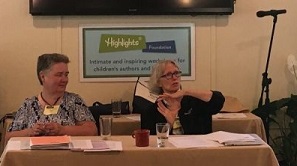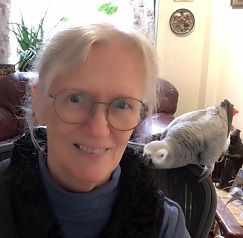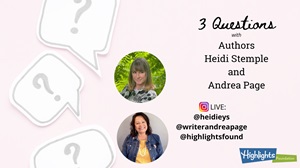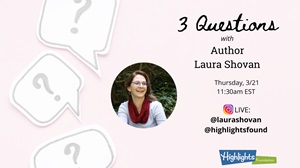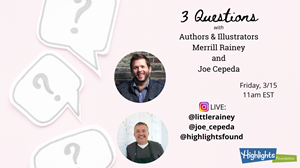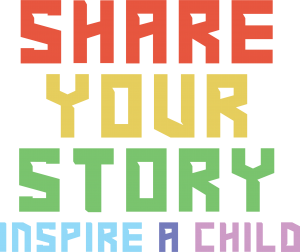If the words “educational market” make you think of boring workbooks and textbooks, it’s time to think again! Today’s educational publishers are eager to see lively nonfiction, fast-paced fiction, poetry, and more. The rules for educational writing are different, but the end result is creative, exciting, and kid-pleasing. Here are some blogs to give you a head start on this market. We’d like to thank Paula Morrow and Jan Fields for these! Paula and Jan are faculty for our Writing for the Educational Market workshop.
Energize Your Nonfiction Articles and Books With Interviews
One of your best sources when writing articles for the educational market can be interviews with real people. There’s an art to doing a good interview, and it can be broken down into seven basic components. #1: Always make arrangements in advance. Don’t expect a spontaneous interview the way news reporters do for breaking news. Read more.
Those Pesky Specs! Writing for the Educational Market
When you write for a trade publisher, you follow that publisher’s guidelines. Usually these are fairly straightforward: word limit, age range, editorial preferences. In the educational market, you will enter a whole new world of guidelines, or “specs” (specifications), that you must heed. Read more.
Choose Your Own Writing Adventure in the Educational Market
Begin here! You begin your adventure nervously shifting in your chair. What kind of educational writing would work best for you? Do you even have a niche? After a few deep breathing exercises, you’re ready for your first question. Are you or have you ever been a classroom teacher? If Yes, you’re lucky. You CAN go to question 2, but you’re also a perfect candidate for question 1. Read more.
Meeting the Needs of 3 Different Audiences for the Educational Market
The writer for the educational market must please three different audiences: the editors who acquire your manuscripts, the schools that buy your books, and of course the children or teens who will ultimately–you hope!–be reading and enjoying your words. Sound daunting? Not really! Read more.
Putting the Fun In Educational Writing
Everyone knows that kids need to read. To some, reading seems tough and publishers are looking for ways to keep the kids riveted to the page long enough to gain skill from reading. For writers, this means keeping the fun in. Publishers talk about “high interest” – which means topics that grab the reader and don’t easily let go.
Read more.

